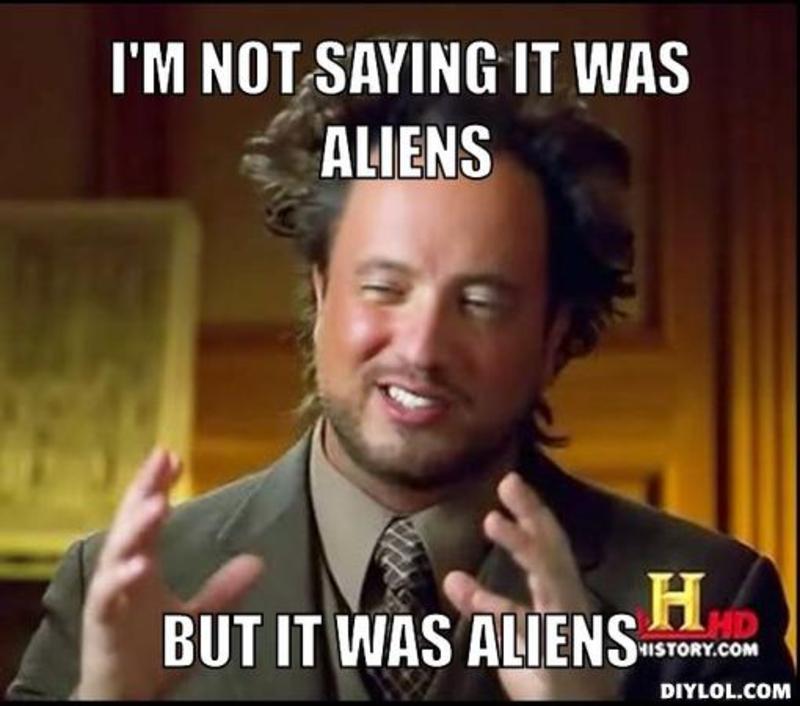I always thought that the reason that there are not alot of TL 15 or 16 planets or the slow speed of development, is culture, set backs, and scale. The Imperium is a mix of Valani and Solamani dominated cultures. The Valani (I think I'm misspelling it) are incredibly conservative and during their rule they had what appeared to be a TL that did not budge, if it did it was super slow. The Solamani (not sure about that spelling either) were faster, and jumped TL in a matter of decades and centuries. The problem was that they got greedy and spread too far too fast. They unlike the Valani had thier empire fall apart in less than 500 years while Vilani empire lasted thousands. That fall hurt really bad. It set everyone back by a large margin, some had to reinvent the wheel as all they had were grav vehicles. So the 3rd Imperium is taking a middle route of making progress and but not overwhelming themselves with change.
Each TL not only includes paradigm shifts but new potentials in setting your self back to the stone age. So research is done in not just building new cool stuff but studying it's applications before releasing it into the wild. Just look at that dang Virus just looming like a dog turd in the future cannon of what happens when you play with newer toys. Then there is the fact that stuff takes a hot minute to spread, and a hotter minute to figure out how to keep all this stuff with in industrial standards, else you get a drawer full of power connectors for I phones.

